Table of Contents
The Colombian flag, also known as the flag of Colombia, holds a significant place in the nation’s history and culture. With its vibrant colors and meaningful symbolism, it represents the Colombian identity and heritage. In this article, we will delve into the intriguing aspects of the Colombian flag, its design, historical background, and the symbolism behind its elements.
The Colombia flag features three horizontal bands of yellow, blue, and red. The yellow stripe symbolizes the country’s riches and wealth, the blue represents its seas and skies, and the red stands for the blood shed for freedom and independence.
Colombia Flag: Colors and Symbolism
- The flag of Colombia features three horizontal stripes: yellow at the top, blue in the middle, and red at the bottom.
- The yellow color symbolizes the richness and diversity of Colombia’s natural resources.
- The blue color represents the two oceans that border Colombia, the Atlantic and the Pacific, as well as its clear blue skies.
- The red color stands for the courage, resilience, and sacrifices made by the Colombian people throughout history for their freedom.
- The flag’s design reflects the nation’s aspirations, cultural heritage, and unity among the Colombian people.
Flag of Colombia
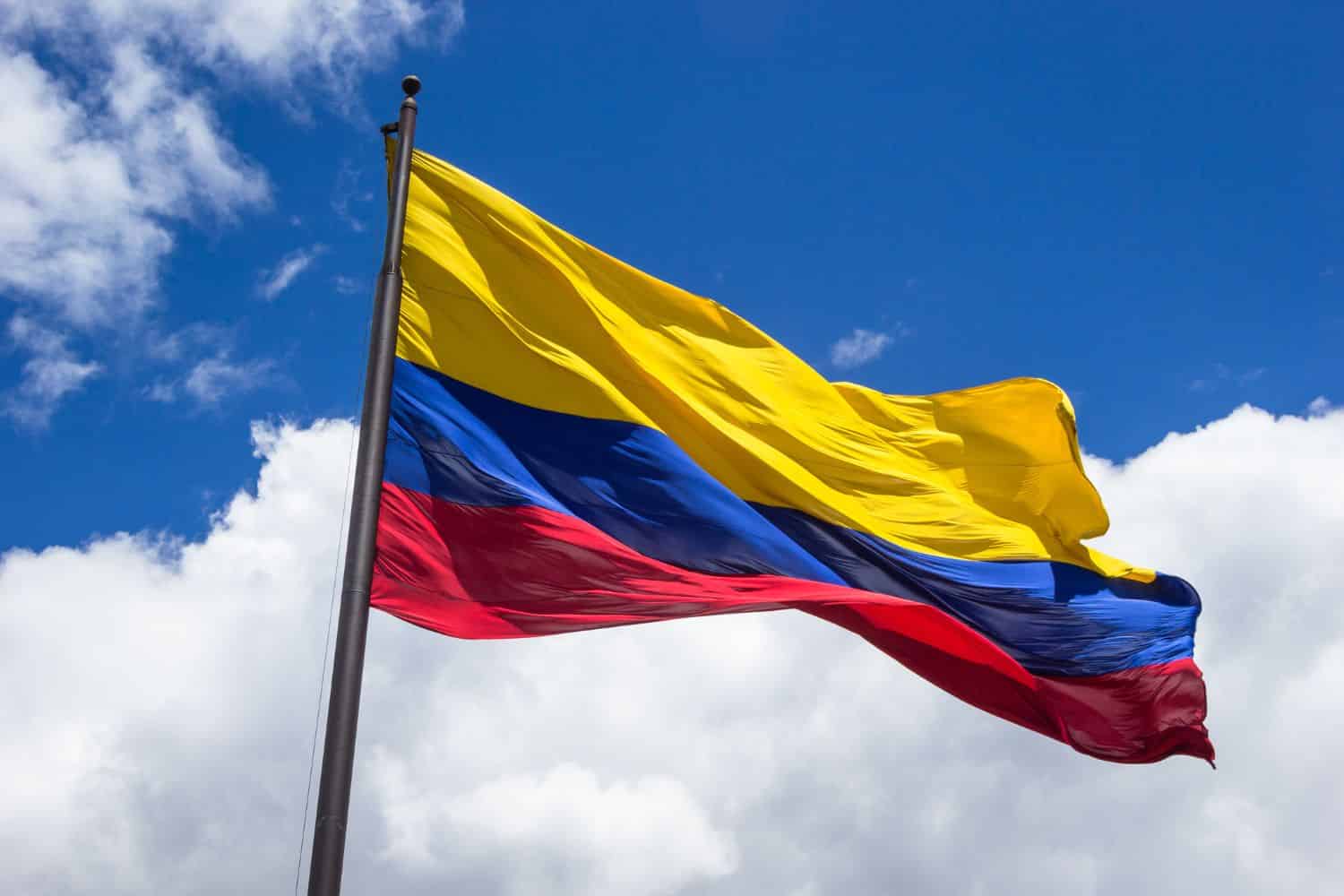
The flag stands as a powerful symbol that encapsulates the cultural significance and spirit of the nation. Its design consists of three horizontal bands: yellow at the top, blue in the middle, and red at the bottom. The yellow color symbolizes the wealth and resources of Colombia. The blue represents the vast oceans and clear skies, while the red embodies the courage and sacrifices of the Colombian people.
The history of the flag is intertwined with Colombia’s rich heritage and its quest for independence. Adopted on November 26, 1861, the flag represents the unity and aspirations of the Colombian people.
Beyond its aesthetics, the flag from Colombia carries deep symbolic meanings. The colors reflect the values and aspirations of the Colombian people, symbolizing wealth, vastness, and bravery. It embodies Colombia’s cultural heritage and serves as a reminder of the nation’s resilience and unity.
National Flag Etiquette and Protocol
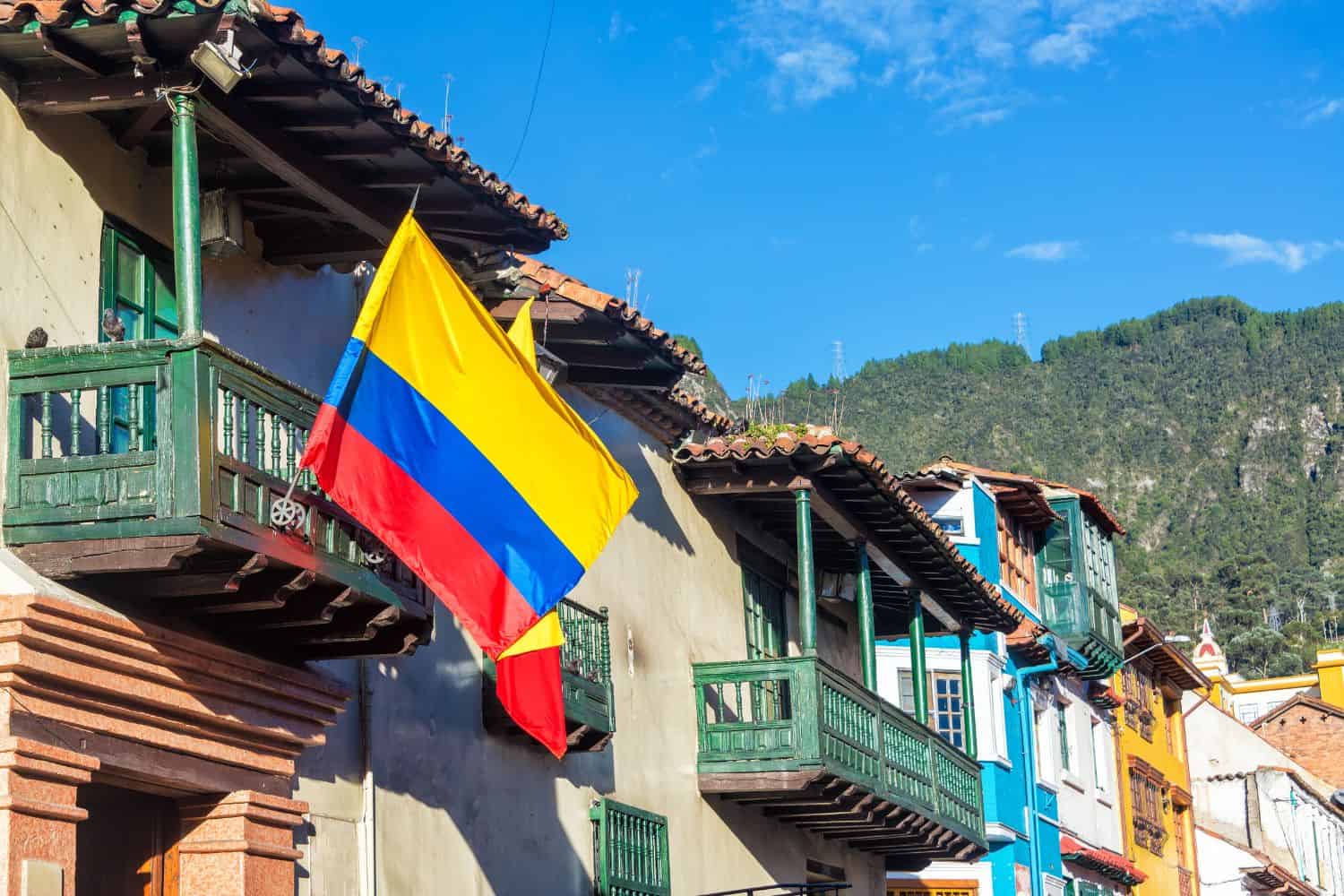
Respecting the proper usage and display of the Colombian flag is of utmost importance. Understanding flag etiquette is essential, especially during national events and ceremonies. Learn about the protocols governing the handling, hoisting, and lowering of the flag. Discover the appropriate procedures for retiring or handling damaged flags, ensuring they are accorded the respect they deserve.
- Proper Handling: The Colombian flag should be handled with care and respect, ensuring it is not allowed to touch the ground or floor. It should be held upright and not dragged.
- Hoisting and Lowering: When hoisting the flag, it should be raised briskly and lowered ceremoniously. It is customary to hoist the flag at sunrise and lower it at sunset, although this may vary depending on the occasion or specific guidelines.
- Displaying the Flag: The Colombian flag should be displayed with the yellow stripe at the top, followed by the blue and red stripes. It should be flown freely and not entangled or obstructed.
- Half-Staff: Lowering the flag to half-staff is a gesture of mourning or respect. This should be done on specific days of remembrance or when directed by authorities to honor national tragedies or the passing of significant figures.
- Flag Retirement: When a Colombian flag becomes damaged, torn, or worn out, it should be retired in a dignified manner. This can involve burning it in a respectful and solemn ceremony, following appropriate guidelines and local regulations.
- Flag Size and Placement: The size of the Colombian flag displayed should be proportionate to the size of the flagpole or display area. It is recommended to consult local guidelines or authorities for specific rules regarding flag size and placement.
- Respectful Disposal: If a flag cannot be retired through burning, it should be disposed of in a respectful manner. This can involve burying it or handing it over to authorized organizations that specialize in flag disposal.
Interesting Facts and Trivia
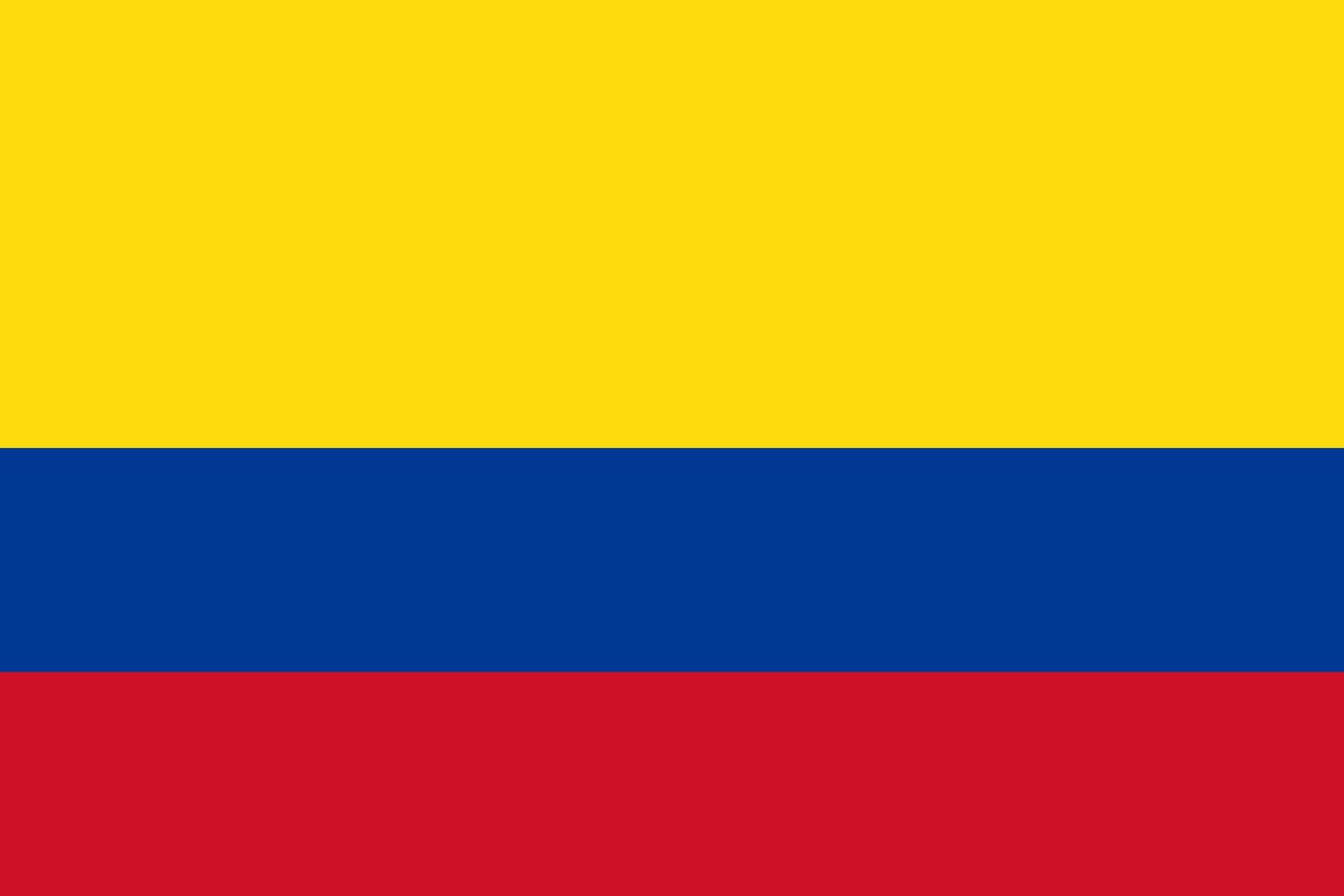
Embark on a journey of captivating facts and lesser-known trivia about the Colombian flag. Discover unique features within the flag’s design that contain profound symbolism. Uncover stories of notable incidents or events involving the flag that have left a lasting impact on Colombia’s history and identity.
Rich Tapestry of History
- 1861: The current flag of Colombia was adopted on November 26, symbolizing the unity and aspirations of the Colombian people.
- Colors and Symbolism: The yellow color represents the wealth and diversity of Colombian resources, the blue stands for the oceans and skies, and the red symbolizes the sacrifices and resilience of the Colombian people.
- National Identity: The flag embodies Colombia’s rich history, cultural heritage, and the nation’s ongoing pursuit of unity, prosperity, and renewal.
These historical facts highlight significant moments in the history of the Colombian flag, showcasing its role in shaping Colombia’s national identity and symbolizing its struggles and aspirations throughout the years.
Flag-Related Symbols and Emblems
A flag is not alone in representing the nation’s identity. Explore additional national symbols and emblems closely associated with Colombia, understanding their significance and how they relate to the flag. Delve into their historical and cultural roots, further enriching your understanding of Colombia’s heritage. It’s easy to travel and make a Colombia tour to visit the country’s best destinations.
Symbolisms of the Colombia Flag
The flag of Colombia possesses several symbolic elements that reflect the nation’s history, values, and aspirations. Here are the symbolisms of the Colombia flag presented in itemized form:
- Yellow Color: Represents the rich resources of the country, especially its gold, and the warmth and sovereignty of the Colombian sun.
- Blue Color: Symbolizes the two vast oceans that border Colombia – the Atlantic and Pacific – and the clear blue skies over the nation.
- Red Color: Stands for the valor, courage, and blood spilled for Colombia’s independence and the sacrifices made by the Colombian people throughout history.
- Flag’s Design: Reflects Colombia’s aspirations, cultural heritage, and unity among the Colombian people.
- National Identity: The flag serves as a potent symbol that binds the Colombian people, reminding them of their shared heritage and cultural identity.
- National Aspirations: Through its design and colors, the flag embodies the aspirations and values of the Colombian nation, including wealth, sovereignty, unity, courage, and independence.
These symbolisms in the flag contribute to the country’s sense of identity and pride, reflecting its historical journey and cultural significance.
Flags of Similar Countries or Regions
Examining the flags of neighboring countries or regions can provide intriguing insights. Compare and contrast the flags, exploring similarities in design, colors, or symbolism. Uncover historical and cultural connections between flags, shedding light on shared influences or distinctive identities.
Colombian Flag vs Venezuelan Flag
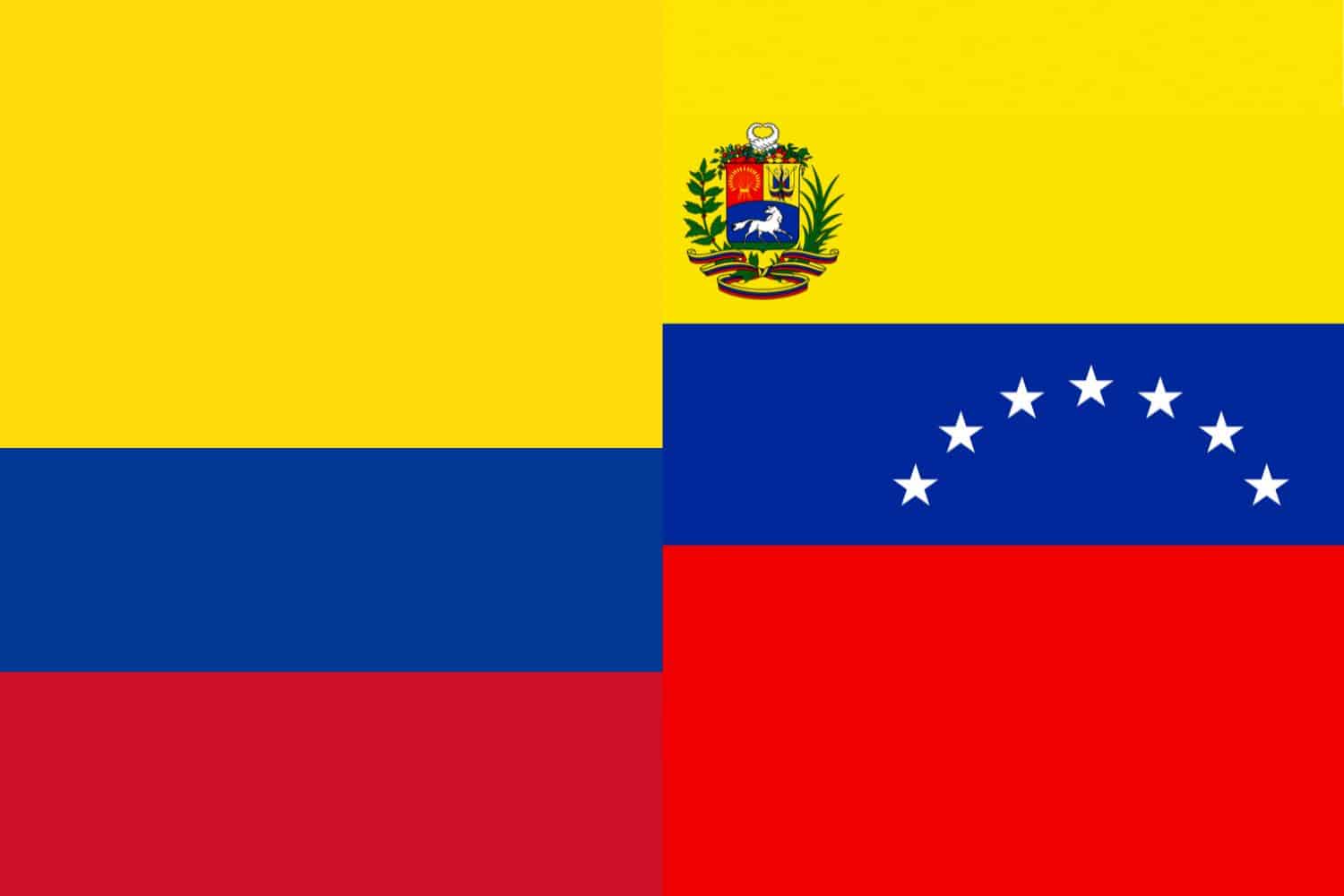
Similarity: Both flags feature yellow, blue, and red stripes.
Difference: The Venezuelan flag includes a semicircle of eight stars in the blue stripe.
Colombian Flag vs Ecuadorian Flag
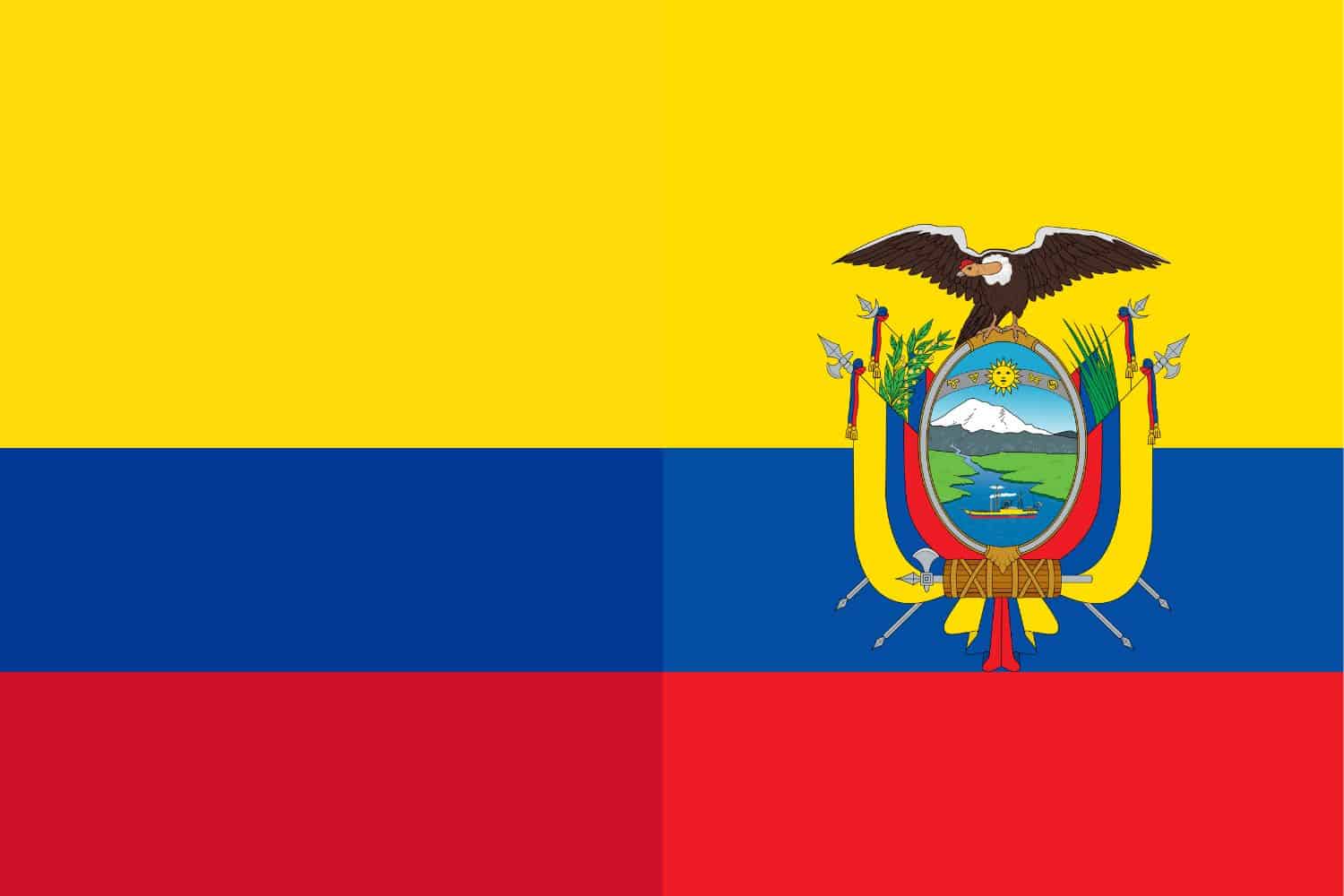
Similarity: Both flags feature yellow, blue, and red stripes.
Difference: The Ecuadorian flag includes a coat of arms in the center of the flag.
Colombian Flag vs Peruvian Flag
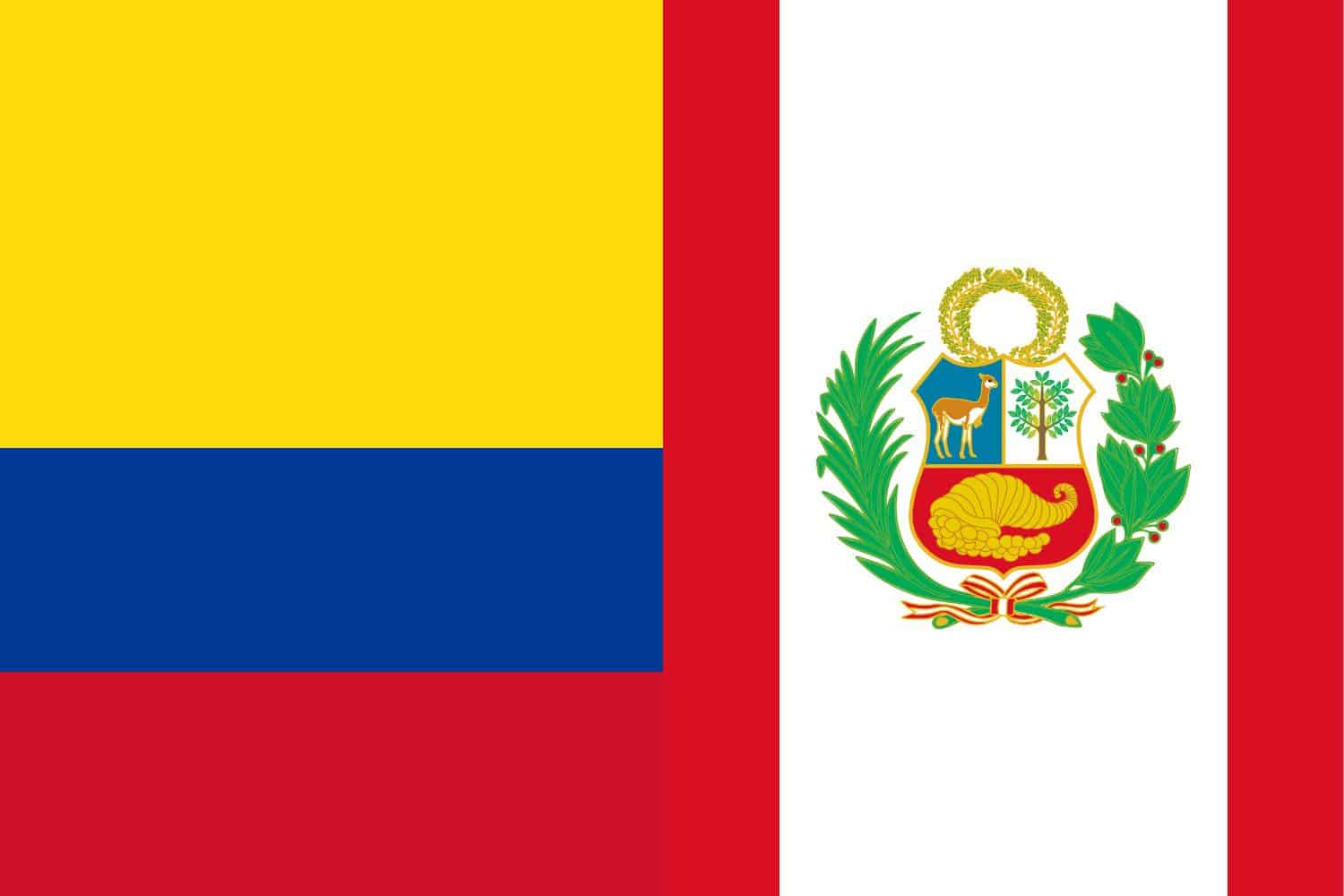
Similarity: Both flags feature red as a prominent color.
Difference: The Peruvian flag consists of a vertical red-white-red pattern, with a coat of arms in the white stripe for the state flag.
Colombian Flag vs Panamanian Flag
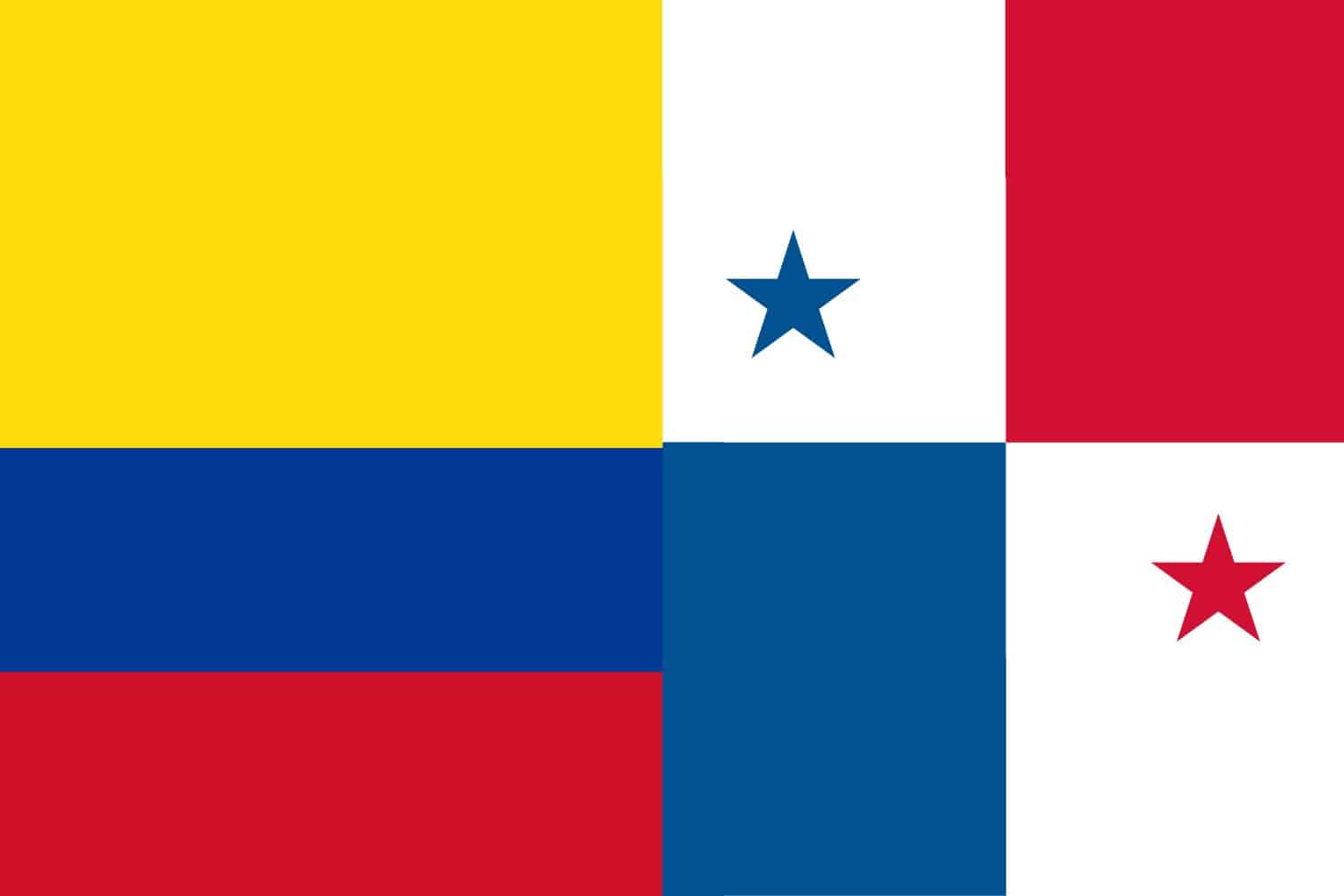
Similarity: Both flags incorporate the colors red and blue.
Difference: The Panamanian flag consists of a quartered design with blue and red rectangles and white rectangles containing a blue star and a red star respectively.
Colombian Flag vs Brazilian Flag
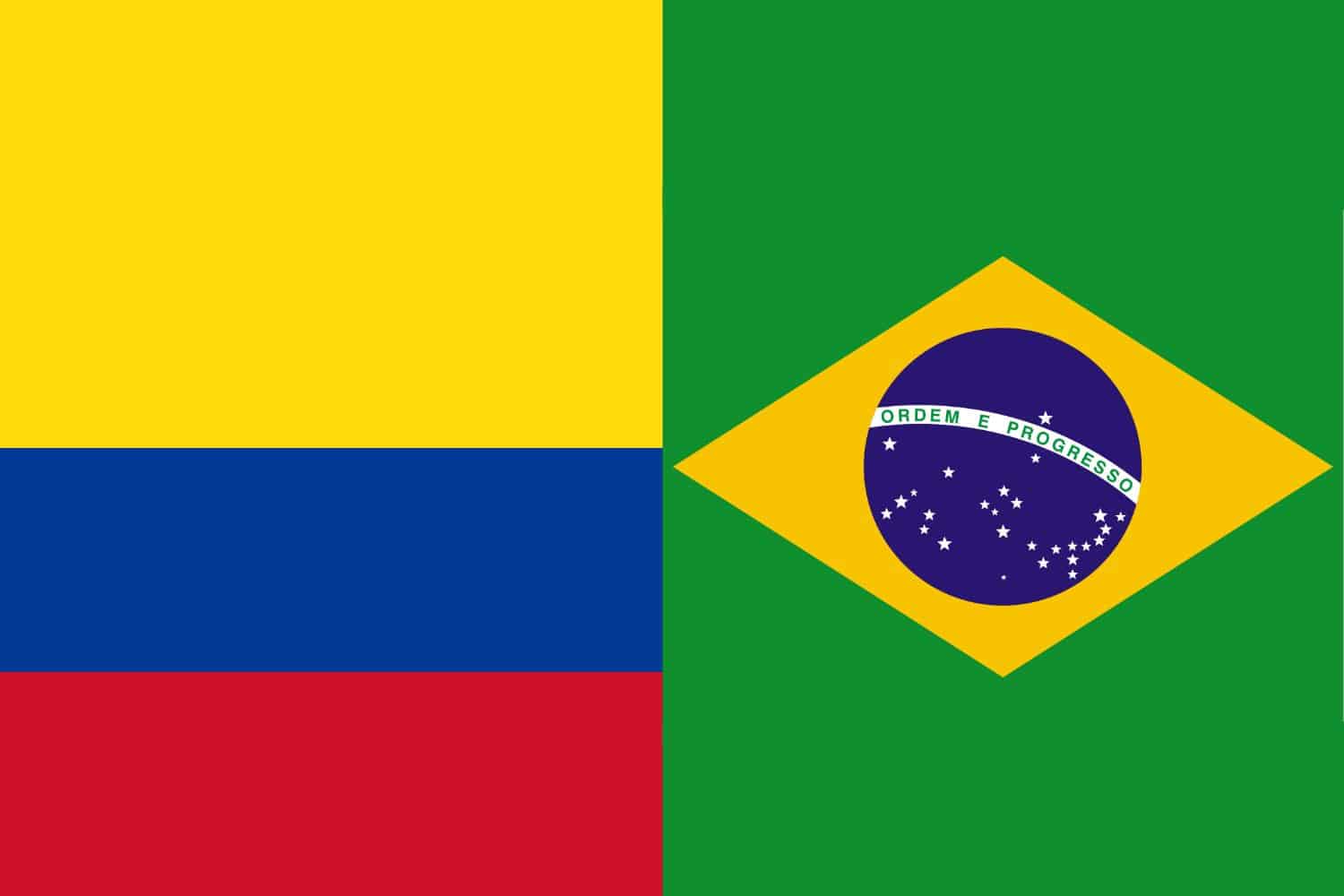
Similarity: Both flags incorporate the color yellow prominently.
Difference: The Brazilian flag features a green field with a large yellow diamond containing a blue globe with 27 small white stars arranged as the Southern Cross constellation and a national motto.
Colombian Flag vs Bolivian Flag
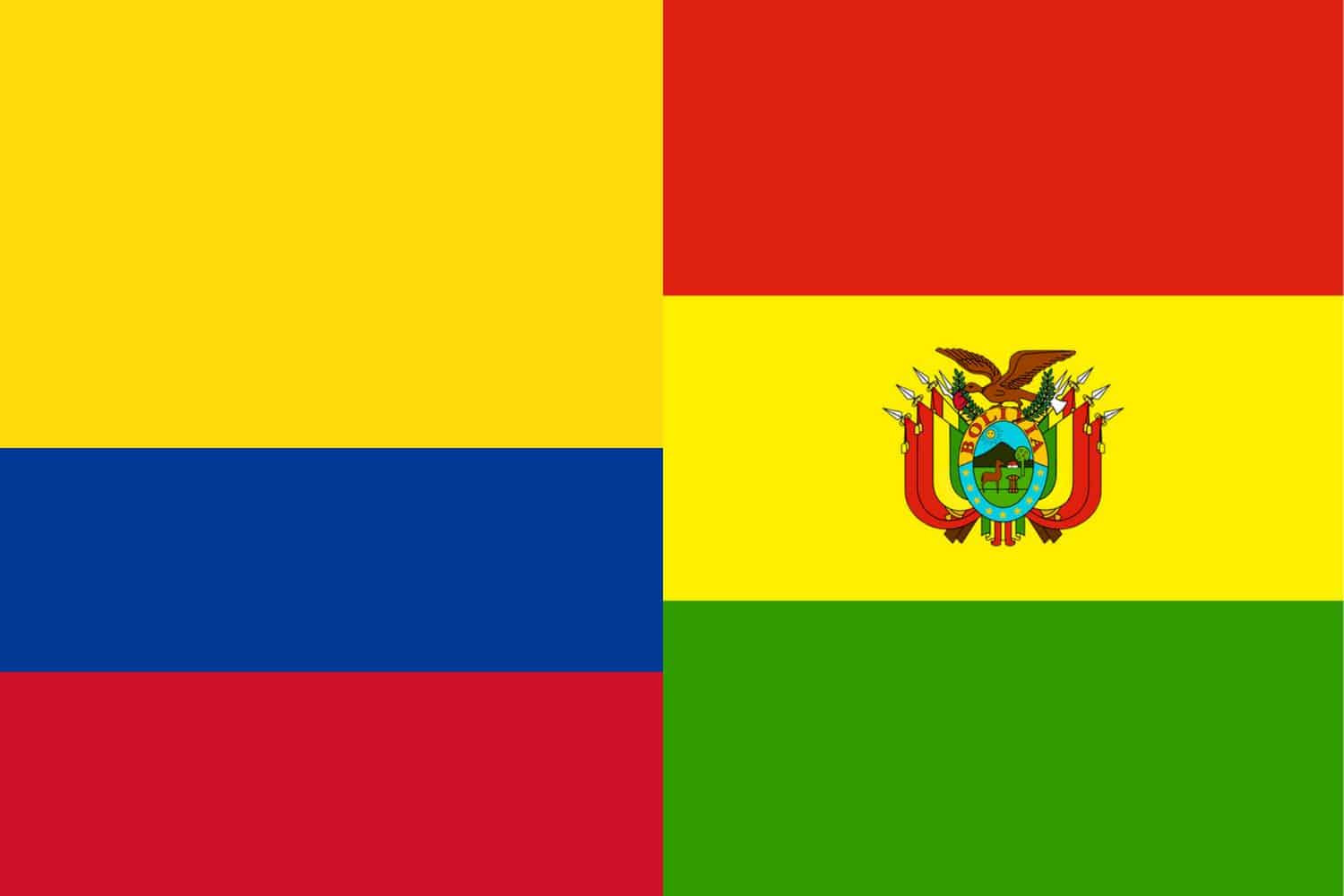
Similarity: Both flags incorporate the color yellow.
Difference: The Bolivian flag consists of horizontal stripes in red, yellow, and green, and may include the Bolivian coat of arms in the center, depending on the variant.
Frequently Asked Questions (FAQs)
Discover answers to common questions related to the Colombia flag picture. From its historical origins to the symbolism behind its elements, find concise and informative responses that address inquiries commonly posed by those curious about Colombia’s flag.
When was the Colombian flag officially adopted?
The Colombian flag was officially adopted on November 26, 1861.
What do the colors of the Colombian flag represent?
The yellow stands for the richness of the country’s soil and its gold reserves, the blue represents the seas on Colombia’s shores, and the red symbolizes the blood shed for Colombia’s independence.
How many horizontal stripes are present in the Colombian flag?
The Colombian flag has three horizontal stripes.
Which color takes up half of the flag?
Yellow takes up the top half of the flag.
Who designed the Colombian flag?
While the exact designer is debated, it is commonly believed that General Francisco de Miranda, a precursor to Latin American independence, played a significant role in its inspiration.
Are there any variations of the Colombian flag used by the navy or other military branches?
Yes, the Colombian naval ensign incorporates the Colombian national flag with an additional red anchor superimposed on the central blue stripe.
How is the Colombian flag flown on Independence Day?
On Independence Day, 20th July, the Colombian flag is flown proudly throughout the country, with many households, businesses, and public buildings displaying the flag.
Are there any rules or protocols associated with the Colombian flag’s display?
Yes, there are protocols in place regarding the proper display, handling, and respect of the national flag. For example, when displayed vertically, the yellow stripe should be on the left.
Which other countries have similar flag designs as Colombia?
Ecuador and Venezuela have flags with similar color schemes due to their shared historical roots and the influence of the Gran Colombia period, a time when they were part of a single nation.
Has the design of the Colombian flag changed since its adoption?
The basic design of three horizontal stripes has remained consistent since its adoption. However, the proportions of the colors were standardized in the late 20th century.
More About Colombia
[the-post-grid id=”50349″ title=”Colombia Main page”]
